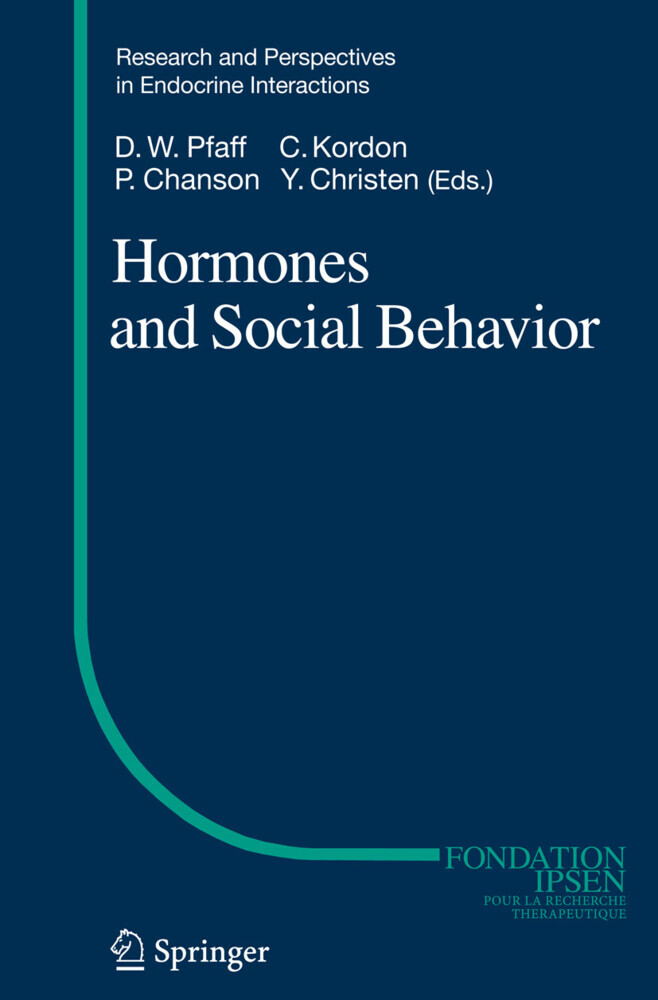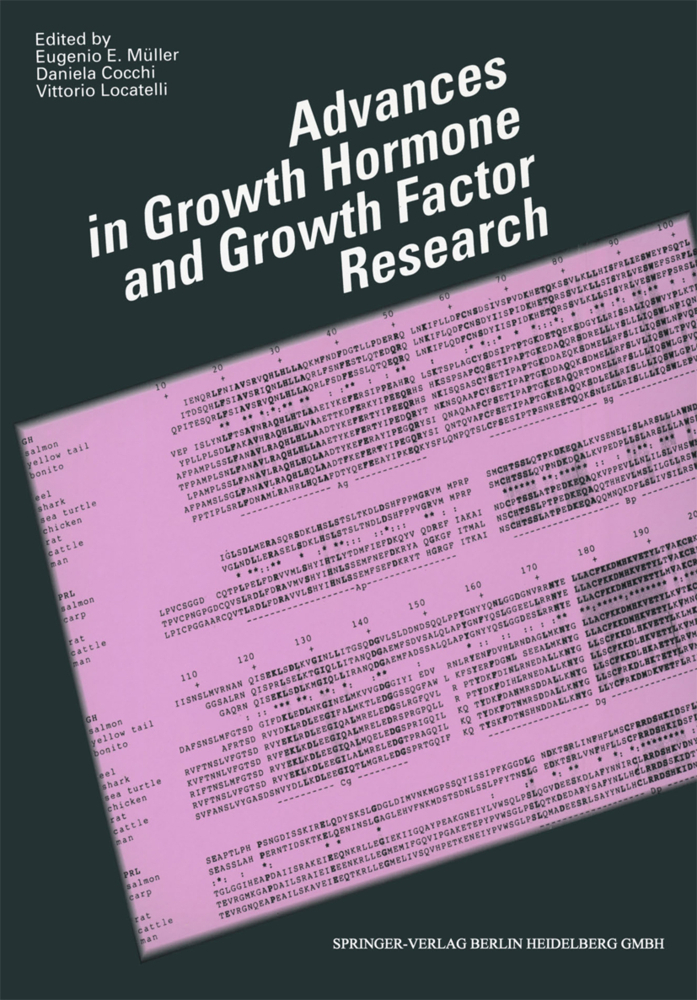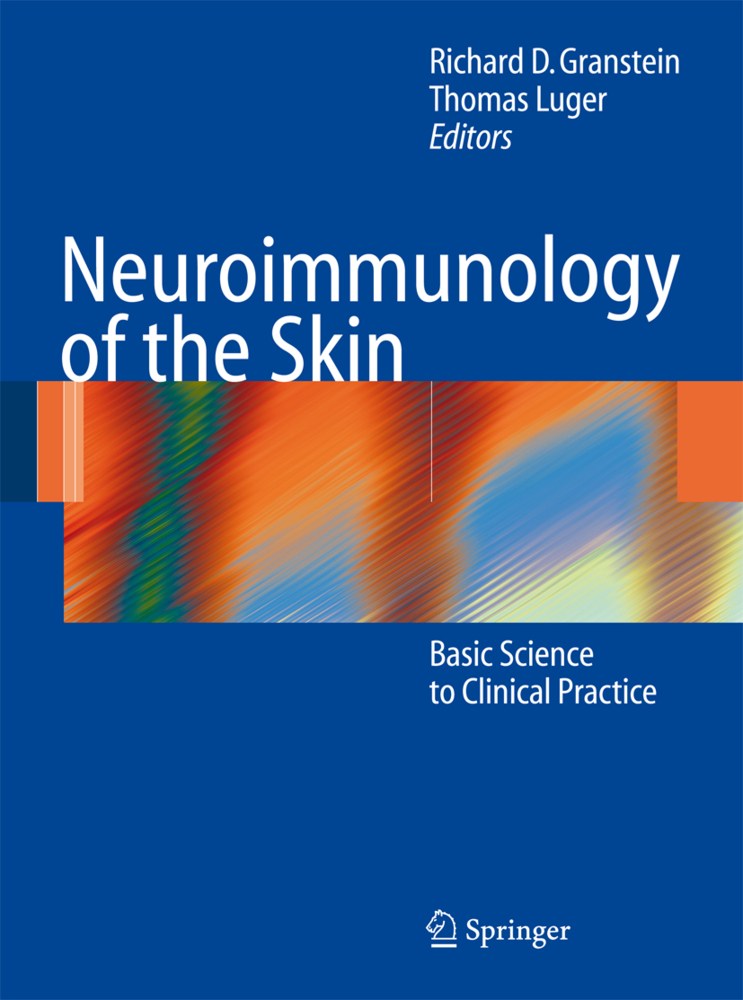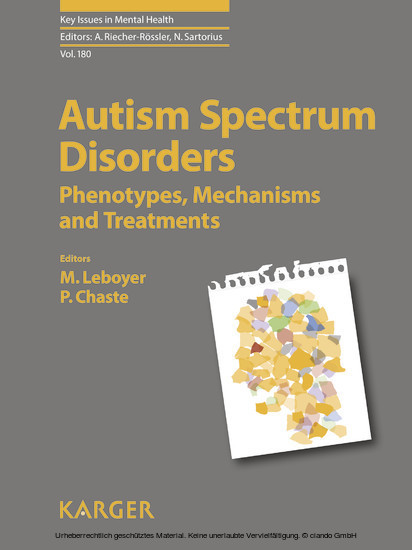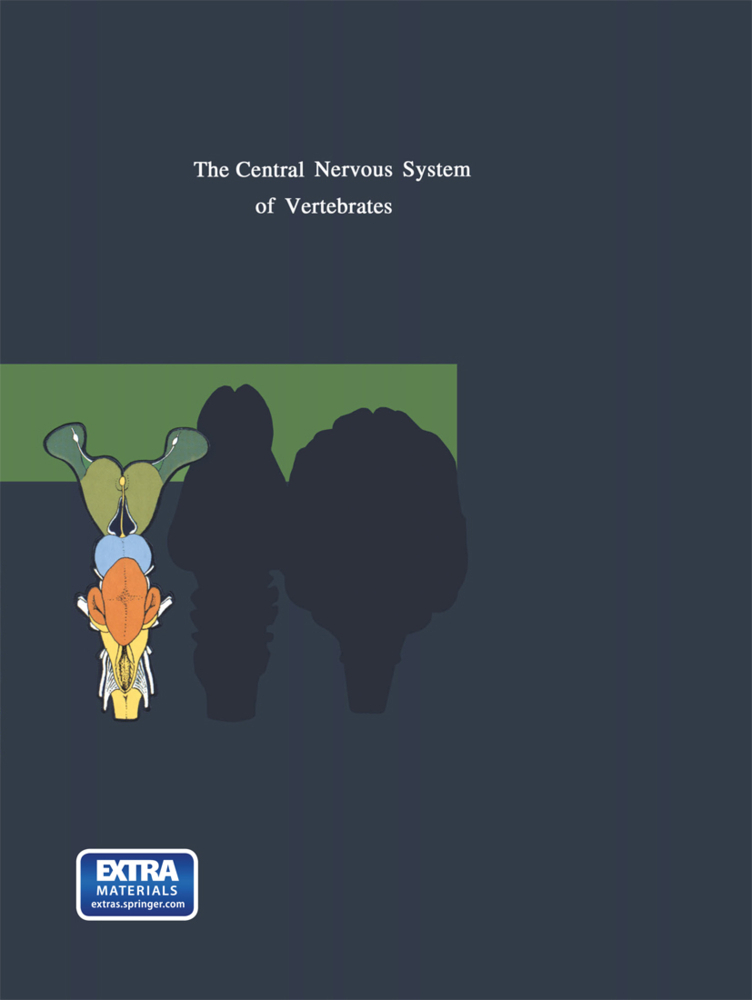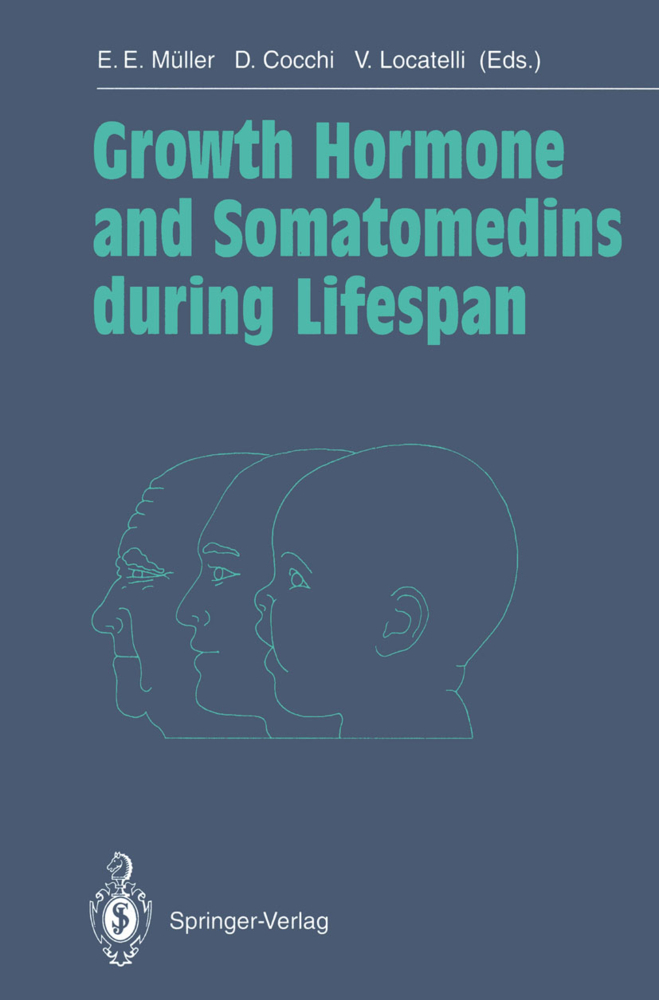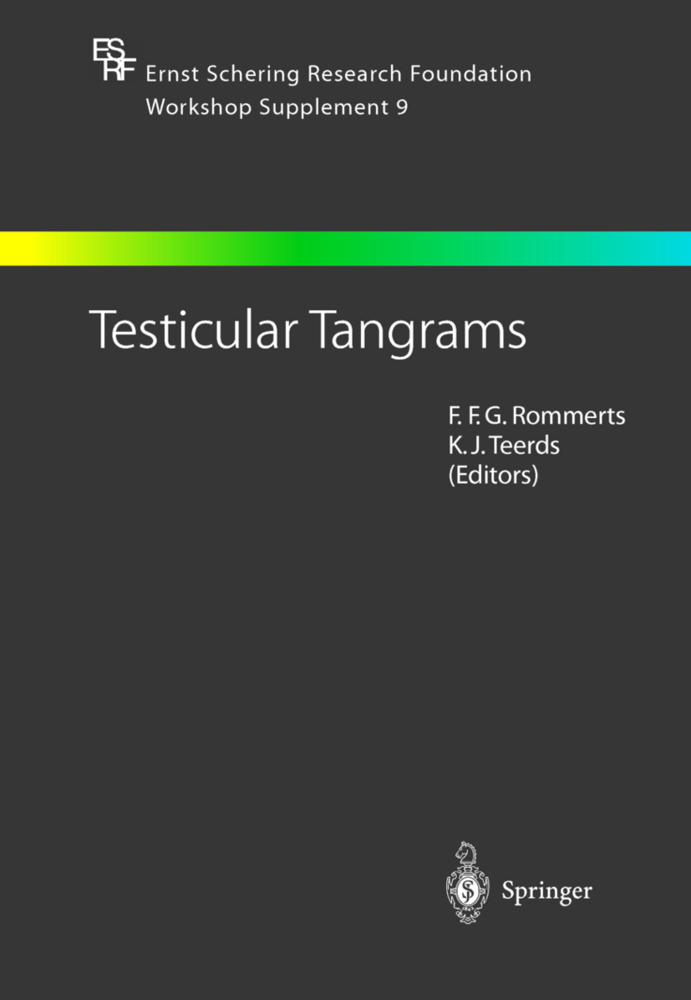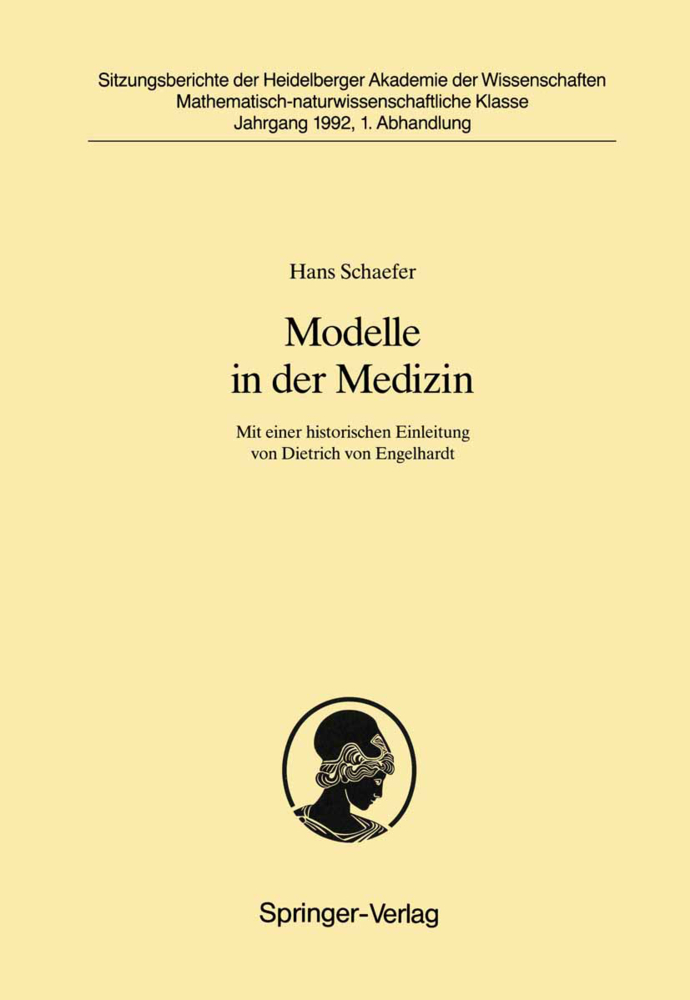Advances in 21st Century neuroscience and endocrinology will permit complex problems of medicine and public health to be elucidated. Among these problems are failures of normal social and sexual behaviors. As it turns out, these behaviors are influenced by hormone actions in the human brain using mechanisms that we have inherited from lower animals. This book concentrates on two major topics: First, the molecular and neural biology of hormone actions relevant to normal social behaviors; and Second, the clinical treatment of human patients in whom these behaviors have gone wrong. The evolutionary approach presented in this book provides clues to the relevance of social interactions as part of the natural selection process, for the survival of species, including ours. Proceeding further, as science often does, from the simple to the complex, and taking advantage of the wide pluridisciplinary range of the participants coming from fields as diverse as molecular neuroscience, anthropology and psychology a final question was raised as to whether biological substrates of complex social behaviors may also be relevant to moral issues characteristic of humans beings (Hauser and Young 2008): for instance, information aiming at decision making is not processed by the brain in the same way, whether or not a given situation is perceived as involving moral dilemmas. In fact, it could be argued that human social behavior mechanisms do not constitute a simple extension of other central nervous system regulatory functions but instead represent and require a different level of analysis. Understanding how social patterns are controlled by the brain may yield new insights into the nature of consciousness: human conscious experience depends upon a person being embedded in a complex social environment. According to this view, rational, moral behavior is a natural product of the human mind operating in social contexts and having been selected for during the process of human evolution
'1;Preface;5
1;Preface;5 1.1;Social Bonding, a Product of Evolution: an Introduction to the Volume;5 1.2;References;7 2;Table of Contents;9 3;List of Contributors;11 4;Modules, Minds and Morality;13 4.1;Summary;13 4.2;Human Faces: An Illustrative Example of Domain Specificity;14 4.3;The Ingredients of a Language Faculty;15 4.4;The Ingredients of a Moral Faculty;17 4.5;Folk Mental States;17 4.6;Emotional Processing;18 4.7;Moral Specificity;20 4.8;References;20 5;Brain Mechanisms Theoretically Underlying Extremes of Social Behaviors: The Best and the Worst;25 5.1;Summary;25 5.2;Introduction;25 5.3;Implications of Loss of Social Information in Cortical Circuits;25 5.4;CNS Arousal Mechanisms Leading to Social Anxiety Leading to Autism;27 5.5;Outlook;33 5.6;References;33 6;Serotonergic Modulation of Sex and Aggression;39 6.1;Summary;39 6.2;Introduction to the Serotonergic System and 5-HT Receptors;39 6.3;5-HT and Aggression: Is 5-HT Inhibitory in Aggression?;40 6.4;5-HT and Sexual Behavior;46 6.5;Are the Serotonergic Systems Involved in Aggressive and Sexual Behavior ( Dis) similar?;51 6.6;References;52 7;The Effect of Neuropeptides on Human Trust and Altruism: A Neuroeconomic Perspective;59 7.1;Summary;59 7.2;Neuroeconomic Tools for Studying Social Preferences and Trust;60 7.3;The Impact of Oxytocin on Human Trust;62 7.4;The Impact of OT on Generosity;63 7.5;The Impact of OT on Beliefs About the Trustees' Trustworthiness;65 7.6;Does OT Reduce Betrayal Aversion?;65 7.7;Which Brain CircuitryMight Mediate OT's Effect on Trust?;66 7.8;Concluding Remarks;66 7.9;References;67 8;Molecular Neurobiology of the Social Brain;69 8.1;Summary;69 8.2;Introduction;69 8.3;Oxytocin and Vasopressin: Social Neuropeptides;70 8.4;Neuropeptide Regulation of Social Bonding in Monogamous Rodents;70 8.5;Species Differences in Neuropeptide Receptor Distribution and Social Behavior;71 8.6;A NeuralModel of Social Bonding;72 8.7;Molecular Mechanisms Underlying Diversity in Social Behavior;73 8.8;Implications for Human Behavior;73 8.9;Conclusion;74 8.10;References;74 9;Impact of Brain Evolution on Hormones and Social Behaviour;77 9.1;Summary;77 9.2;Introduction;77 9.3;Olfaction and Social Reward;79 9.4;The Role ofMammalian Olfactory Systems in Social Bonding;81 9.5;Social Complexity, Neuropeptides and Brain Reward;83 9.6;Opioids and Primate Infant Attachment;84 9.7;Opioids and Maternal Bonding;84 9.8;Discussion;86 9.9;References;88 10;Brain OxytocinMediates Beneficial Consequences of Close Social Interactions: From Maternal Love and Sex;93 10.1;Summary;93 10.2;Introduction;94 10.3;Complex Adaptations of theMaternal Brain Peripartum;94 10.4;Activation of Brain OXT and PRL Systems Around Birth;95 10.5;Functions of Locally Released OXT and PRL in the Maternal Brain;95 10.6;Brain OXT andMaternal Aggression;96 10.7;Beneficial Consequences of Being a Mother;97 10.8;Mechanisms of Blunted Stress Responses Peripartum;98 10.9;OXT and PRLMediate the Beneficial Effects for the Mother;99 10.10;OXT Effects on Stress Coping in theMale Brain;100 10.11;Positive Effects of Social Interactions in the Male: Involvement of OXT?;100 10.12;Activation of OXT in the Male Brain During Social Stimuli: Effects of Sexual Activity;101 10.13;OXTMediates the Anxiolytic Effect of Sexual Activity in Males;102 10.14;OXTMediates the Rewarding Nature of Close Social Interactions: Maternal and Romantic Love;104 10.15;References;106 11;Hormones, Brain Plasticity and Reproductive Functions;115 11.1;Summary;115 11.2;Introduction;115 11.3;Morphological Plasticity of the OT System;117 11.4;Neuronal-glial Plasticity in Other Neuroendocrine Centers;119 11.5;Consequences of Neuronal-glial Plasticity at the Cellular Level;120 11.6;Consequences on Neuroendocrine Regulations;122 11.7;Cell Mechanisms Underlying Astro-neuronal Plasticity;124 11.8;References;127 12;Neuroendocrine Mechanisms Underlying the Intergenerational Transmission of Maternal Behavior and Infant Abuse in Rhesus Macaques;133 12.1;Summary;133 12.2;Introdu
'1;Preface;5
1.1;Social Bonding, a Product of Evolution: an Introduction to the Volume;5
1.2;References;7
2;Table of Contents;9
3;List of Contributors;11
4;Modules, Minds and Morality;13
4.1;Summary;13
4.2;Human Faces: An Illustrative Example of Domain Specificity;14
4.3;The Ingredients of a Language Faculty;15
4.4;The Ingredients of a Moral Faculty;17
4.5;Folk Mental States;17
4.6;Emotional Processing;18
4.7;Moral Specificity;20
4.8;References;20
5;Brain Mechanisms Theoretically Underlying Extremes of Social Behaviors: The Best and the Worst;25
5.1;Summary;25
5.2;Introduction;25
5.3;Implications of Loss of Social Information in Cortical Circuits;25
5.4;CNS Arousal Mechanisms Leading to Social Anxiety Leading to Autism;27
5.5;Outlook;33
5.6;References;33
6;Serotonergic Modulation of Sex and Aggression;39
6.1;Summary;39
6.2;Introduction to the Serotonergic System and 5-HT Receptors;39
6.3;5-HT and Aggression: Is 5-HT Inhibitory in Aggression?;40
6.4;5-HT and Sexual Behavior;46
6.5;Are the Serotonergic Systems Involved in Aggressive and Sexual Behavior ( Dis) similar?;51
6.6;References;52
7;The Effect of Neuropeptides on Human Trust and Altruism: A Neuroeconomic Perspective;59
7.1;Summary;59
7.2;Neuroeconomic Tools for Studying Social Preferences and Trust;60
7.3;The Impact of Oxytocin on Human Trust;62
7.4;The Impact of OT on Generosity;637.5;The Impact of OT on Beliefs About the Trustees' Trustworthiness;65
7.6;Does OT Reduce Betrayal Aversion?;65
7.7;Which Brain CircuitryMight Mediate OT's Effect on Trust?;66
7.8;Concluding Remarks;66
7.9;References;67
8;Molecular Neurobiology of the Social Brain;69
8.1;Summary;69
8.2;Introduction;69
8.3;Oxytocin and Vasopressin: Social Neuropeptides;70
8.4;Neuropeptide Regulation of Social Bonding in Monogamous Rodents;70
8.5;Species Differences in Neuropeptide Receptor Distribution and Social Behavior;71
8.6;A NeuralModel of Social Bonding;72
8.7;Molecular Mechanisms Underlying Diversity in Social Behavior;73
8.8;Implications for Human Behavior;73
8.9;Conclusion;74
8.10;References;74
9;Impact of Brain Evolution on Hormones and Social Behaviour;77
9.1;Summary;77
9.2;Introduction;77
9.3;Olfaction and Social Reward;79
9.4;The Role ofMammalian Olfactory Systems in Social Bonding;81
9.5;Social Complexity, Neuropeptides and Brain Reward;83
9.6;Opioids and Primate Infant Attachment;84
9.7;Opioids and Maternal Bonding;84
9.8;Discussion;86
9.9;References;88
10;Brain OxytocinMediates Beneficial Consequences of Close Social Interactions: From Maternal Love and Sex;93
10.1;Summary;93
10.2;Introduction;94
10.3;Complex Adaptations of theMaternal Brain Peripartum;94
10.4;Activation of Brain OXT and PRL Systems Around Birth;95
10.5;Functions of Locally Released OXT and PRL in the Maternal Brain;95
10.6;Brain OXT andMaternal Aggression;96
10.7;Beneficial Consequences of Being a Mother;97
10.8;Mechanisms of Blunted Stress Responses Peripartum;98
10.9;OXT and PRLMediate the Beneficial Effects for the Mother;99
10.10;OXT Effects on Stress Coping in theMale Brain;100
10.11;Positive Effects of Social Interactions in the Male: Involvement of OXT?;100
10.12;Activation of OXT in the Male Brain During Social Stimuli: Effects of Sexual Activity;101
10.13;OXTMediates the Anxiolytic Effect of Sexual Activity in Males;102
10.14;OXTMediates the Rewarding Nature of Close Social Interactions: Maternal and Romantic Love;104
10.15;References;106
11;Hormones, Brain Plasticity and Reproductive Functions;115
11.1;Summary;115
11.2;Introduction;115
11.3;Morphological Plasticity of the OT System;117
11.4;Neuronal-glial Plasticity in Other Neuroendocrine Centers;119
11.5;Consequences of Neuronal-glial Plasticity at the Cellular Level;120
11.6;Consequences on Neuroendocrine Regulations;122
11.7;Cell Mechanisms Underlying Astro-neuronal Plasticity;124
11.8;References;127
12;Neuroendocrine Mechanisms Underlying the Intergenerational Tran
Pfaff, Donald W.
Kordon, Claude
Chanson, Philippe
| ISBN | 9783540792888 |
|---|---|
| Artikelnummer | 9783540792888 |
| Medientyp | E-Book - PDF |
| Auflage | 2. Aufl. |
| Copyrightjahr | 2008 |
| Verlag | Springer-Verlag |
| Umfang | 199 Seiten |
| Sprache | Englisch |
| Kopierschutz | Digitales Wasserzeichen |

